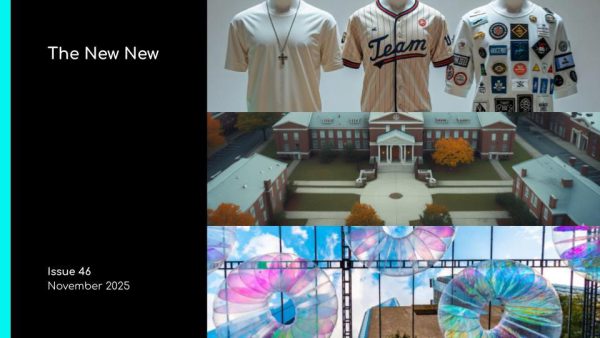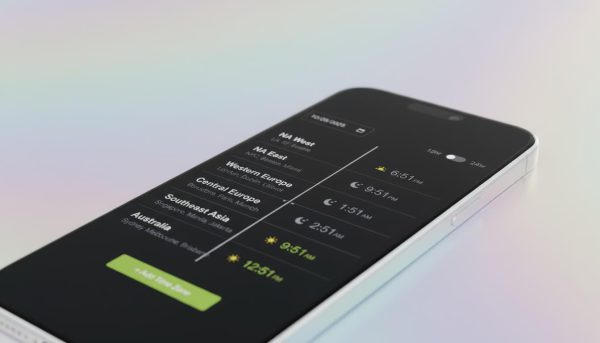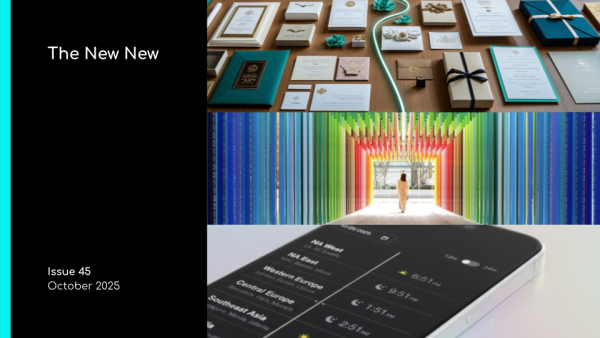Through new engagement tools, audiences become mass participants.

Good marketers today know you should never waste an opportunity to engage. For too long, however, that principle rarely applied to large-scale audiences during event experiences like keynotes and general sessions, save for audience questions and polling. Thanks to some fresh and new techniques, audiences can now participate in mass, both in the production of a stage experience and through interactions with each other.
At Google I/O 2016, attendees for the general session were immersed in Active Theory’s Paper Planes interactive app. A call to action on the big screens sent attendees to a web address, which allowed them to access a “piece of paper” on their devices, write a message with their name on it and “throw it” as they would an airplane, moving their arms and launching the digital plane. The plane would then land in the swirling group of digital planes on the stage. Then, their devices turned into a “net” allowing them to then “catch” other paper airplanes and read them. On the second day, Google infused a live painting interaction that allowed audience members to pick a paint color and use their device and “throw” wads of paint up onto the big screens.
During an Intel keynote at CES, composer A.R. Rahman used Intel Curie technology-infused PixMob bracelets and anklets to produce music in an entirely new way—audience members wearing the bracelets could interact with the performance through gestures. The composer asked the crowd to wave, and when they did, their wristbands turned red resulting a “sea of red” in the crowd. Rahman then could “wave away” the color with a simple gesture.
In other spaces, Disney is reportedly working on an “audience interaction projection system” patent that would allow audience members to feel as though they’re part of the entertainment on stage via something like a light saber effect, where audience members can “emit laser beams from their phones, with the help of an app.” TimePlay is transforming the movie-going experience by allowing the audience to tap into its app and control what’s happening on the screen during the opening sequences, gamifying the experience. This includes trivia, accessed through the app, where audiences can earn points, food and prizes before the film begins.
For event marketers, the possibilities here are endless.






